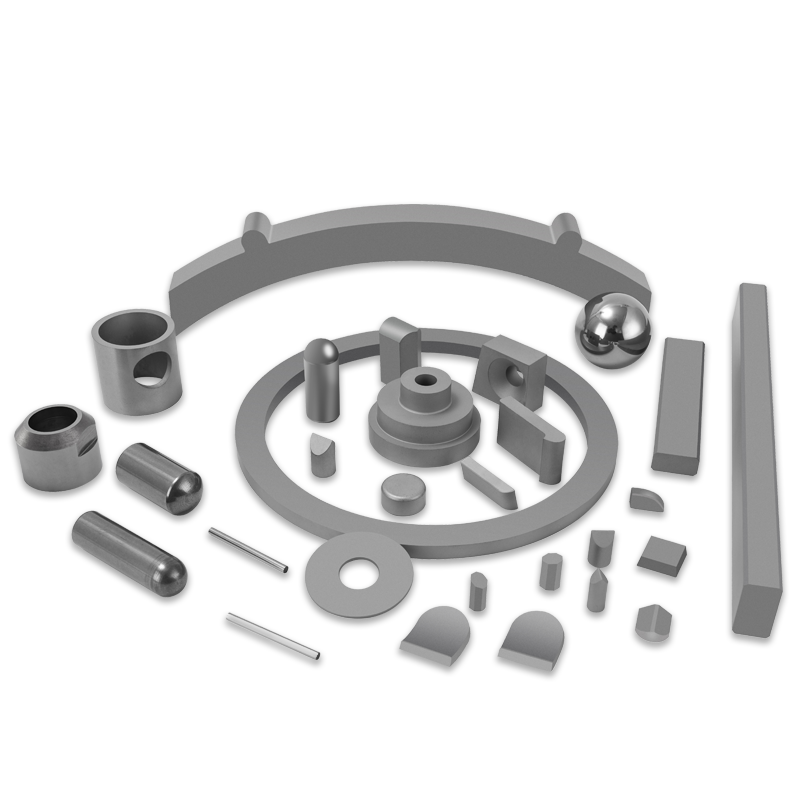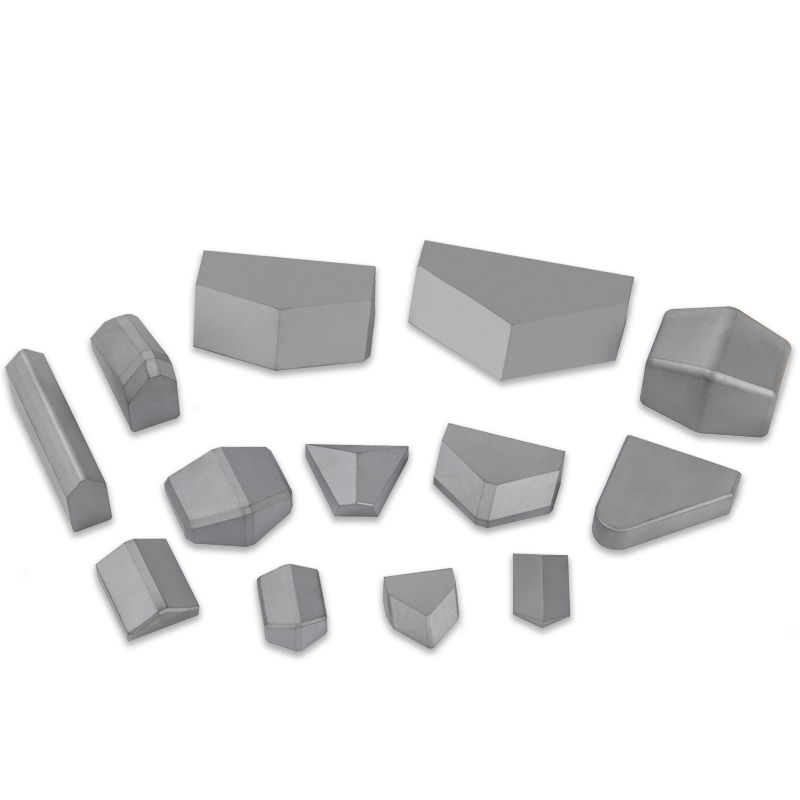The Science Behind Tungsten Carbide Stamping Dies and Their Role in Modern Manufacturing
Industry News-What is Tungsten Carbide and Why is it Used in Stamping Dies?
Tungsten carbide is a metal alloy composed of tungsten and carbon. It is one of the hardest materials available, known for its ability to withstand extreme wear and tear. In the context of stamping dies, tungsten carbide is chosen for its exceptional hardness and wear resistance, which are crucial properties when manufacturing parts through repetitive processes like stamping.
The hardness of tungsten carbide allows it to retain its sharpness much longer than traditional tool steels, which means that stamping dies made from this material can produce high-quality parts for a longer period without needing frequent replacements or maintenance. This reduces downtime in manufacturing processes, which is critical in high-volume production environments.
How Tungsten Carbide Stamping Dies Work
Tungsten carbide stamping dies are designed to shape or cut metal, plastic, or other materials during the stamping process. The dies are typically custom-made to meet the specific requirements of the parts being produced. The stamping die works by applying pressure to a material to form it into the desired shape. Tungsten carbide’s hardness ensures that the die can withstand the high pressures involved without significant wear or deformation.
A key factor in the success of tungsten carbide stamping dies is their ability to maintain a sharp cutting edge, even after extensive use. This sharpness ensures that parts are stamped with high precision, producing high-quality components that meet exact specifications.

Key Benefits of Tungsten Carbide Stamping Dies
Enhanced Durability: Tungsten carbide stamping dies are known for their exceptional durability. They can handle high-pressure applications and are resistant to wear, cracking, and deformation, even in harsh manufacturing environments.
Longer Tool Life: The lifespan of a tungsten carbide stamping die is much longer than traditional tool steels. This results in fewer die replacements and reduced production costs, as manufacturers spend less on tools and maintenance.
Improved Precision: Tungsten carbide stamping dies provide unmatched precision. The material’s ability to maintain a sharp edge over extended periods allows manufacturers to create parts with tight tolerances, ensuring the highest level of accuracy.
Reduced Downtime: Due to their durability, tungsten carbide stamping dies reduce downtime caused by tool changes or maintenance. This leads to higher productivity and more efficient manufacturing processes.
Applications of Tungsten Carbide Stamping Dies
Automotive Manufacturing: In the automotive industry, precision is critical, and tungsten carbide stamping dies ensure that parts such as engine components, chassis parts, and connectors are produced to exact specifications.
Aerospace: Aerospace manufacturers rely on tungsten carbide stamping dies to produce lightweight, durable parts that meet strict safety standards.
Electronics: In the electronics industry, where components are often small and intricate, tungsten carbide stamping dies ensure precision and quality in the production of connectors, switches, and other electronic parts.
Medical Industry: Tungsten carbide stamping dies are used in the production of medical devices and surgical instruments, where precision and durability are critical for patient safety.


 English
English русский
русский





